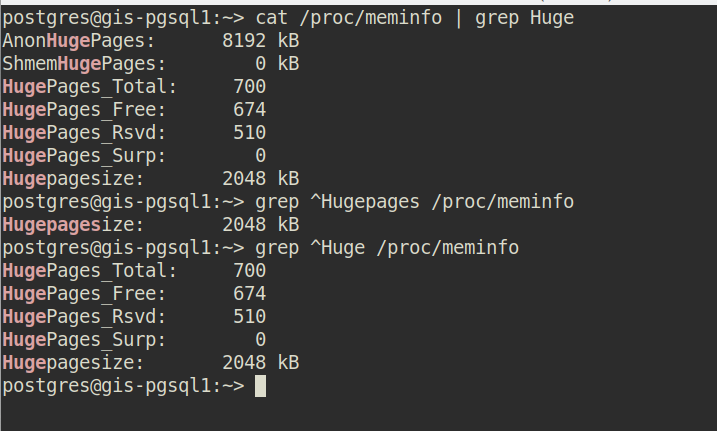

DO NOT use PostgreSQL checksums or compression (ZFS Does it Automatically).For example, if you have a workload with a lot of large sequential reads or writes, you may want to set primarycache to "all" to cache the data blocks in addition to the metadata. However, the optimal primarycache setting may depend on your specific workload and hardware. Caching metadata can help reduce the number of disk accesses and improve performance, especially for workloads with a lot of small random reads. This will cause ZFS to cache file system metadata (such as directory listings and file attributes) in memory, but not the actual data blocks. zfs set primarycache=metadata your_pool_name/dataset_name it is generally recommended to set primarycache to "metadata" to improve performance.zfs set recordsize=16K your_pool_name/dataset_name.zfs set atime=off your_pool_name/dataset_name.Configure ZFS for optimal performance: There are several ZFS tuning parameters that can be adjusted to improve performance, such as the record size, the number of read and write threads, and the block size.Using faster storage devices can significantly improve performance. Use a fast storage pool: ZFS can use different types of storage devices, such as hard drives or solid-state drives (SSDs).zfs set compression=lz4 your_pool_name/dataset_name.Enable ZFS compression: ZFS supports transparent data compression, which can help reduce the amount of disk space needed and improve performance by reducing the amount of data that needs to be read and written.Use a modern version of PostgreSQL and ZFS: Both PostgreSQL and ZFS have made significant performance improvements in recent releases, so make sure you are using the latest version.This will allow you to allocate more resources to your database and ensure that it has the resources it needs to perform well. Use a separate ZFS pool for your database files: To improve performance, it is generally recommended to use a separate ZFS pool for your database files.Tuning ZFS is like adjusting the system knobs until you get the most optimal settings for your workloads! For workloads with a lot of small random reads, such as when accessing photos, it may be beneficial to set primarycache to " metadata" to cache file system metadata in memory. Primary cache: The ZFS primarycache setting controls the types of data that are cached in memory by the ZFS storage pool.You can enable compression using the zfs set compression=on command. Compression: ZFS supports transparent data compression, which can help reduce the amount of disk space needed and improve performance by reducing the amount of data that needs to be read and written.

You can set the record size using the zfs set recordsize=1024 command, where value is the desired record size in bytes.

For workloads with large sequential reads and writes, such as video and photo storage, a larger record size (1M) may improve performance. Record size: The ZFS record size controls the size of the blocks that are written to disk.This will help to protect your data from disk failure and improve performance by spreading the load across multiple disks. Use multiple disks in a RAIDz configuration: For media storage, it is generally recommended to use multiple disks in a RAID configuration, such as RAID-Z or RAID-Z2.This will help to ensure that your media files are read and written quickly and efficiently. Use fast and reliable storage devices: For media storage, it is important to use fast and reliable storage devices, such as SSDs or high-quality HDDs.In this blog post, we will discuss some best practices for tuning ZFS for these specific use cases.

If you are using ZFS for media storage, PostgreSQL, or file storage, there are a few key factors that you should consider when tuning your system to ensure optimal performance. It is widely used in enterprise environments and has a number of features that make it well-suited for a variety of use cases, including media storage, PostgreSQL databases, and file storage. ZFS is a popular file system that is known for its robustness, reliability, and performance.


 0 kommentar(er)
0 kommentar(er)
